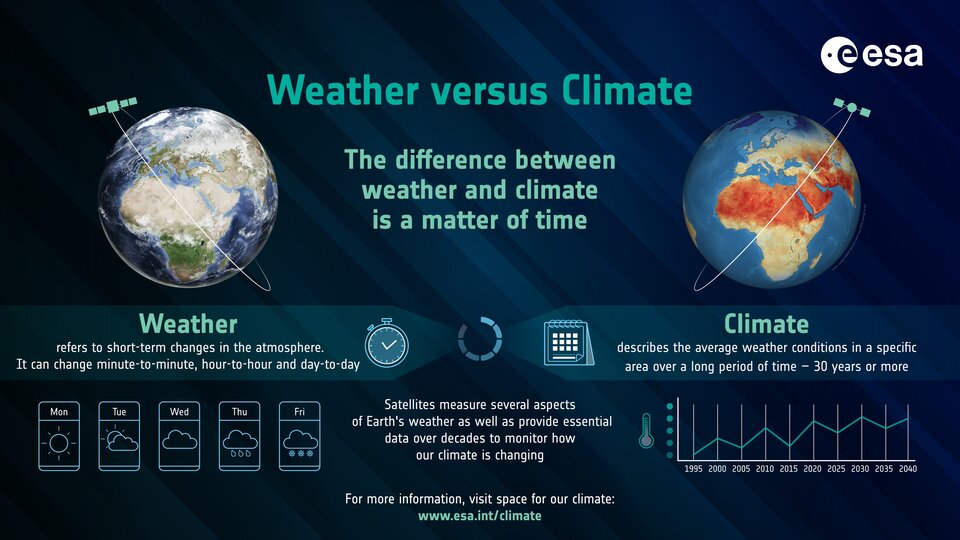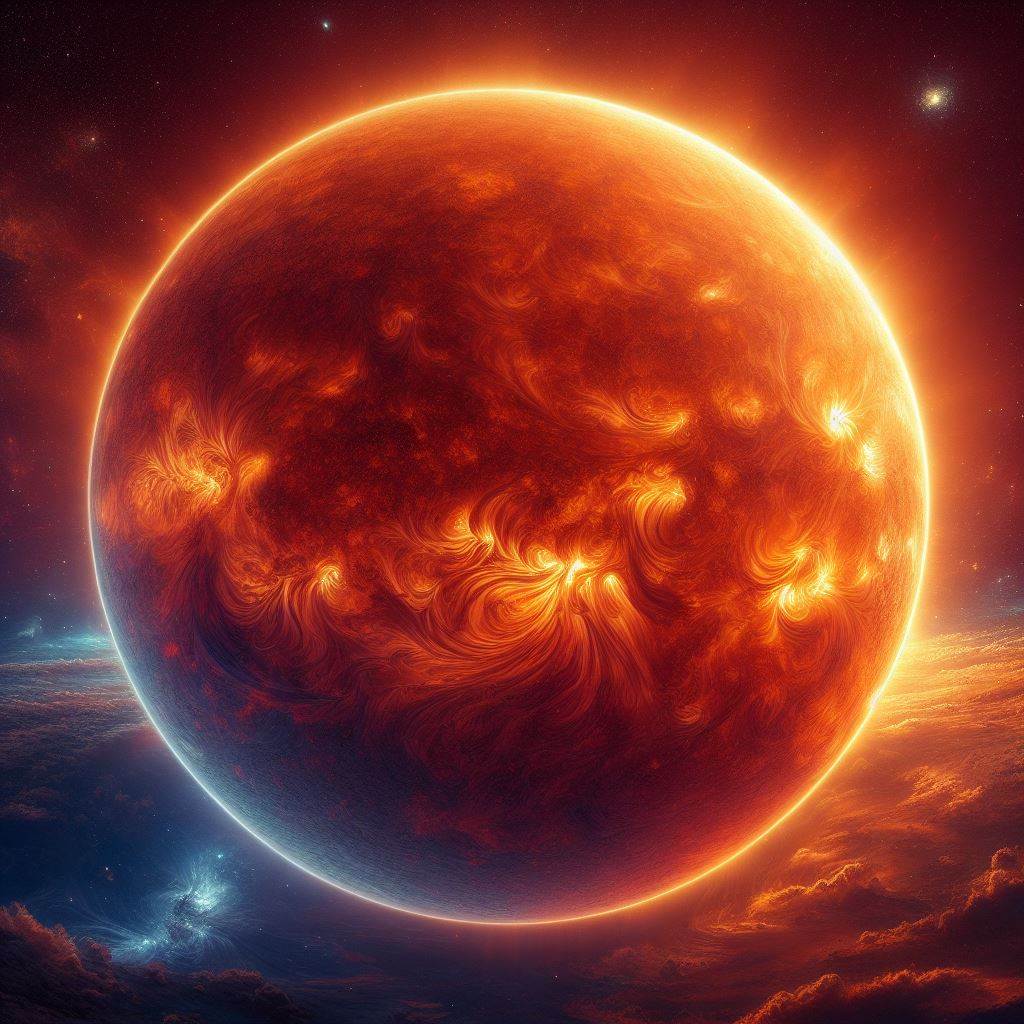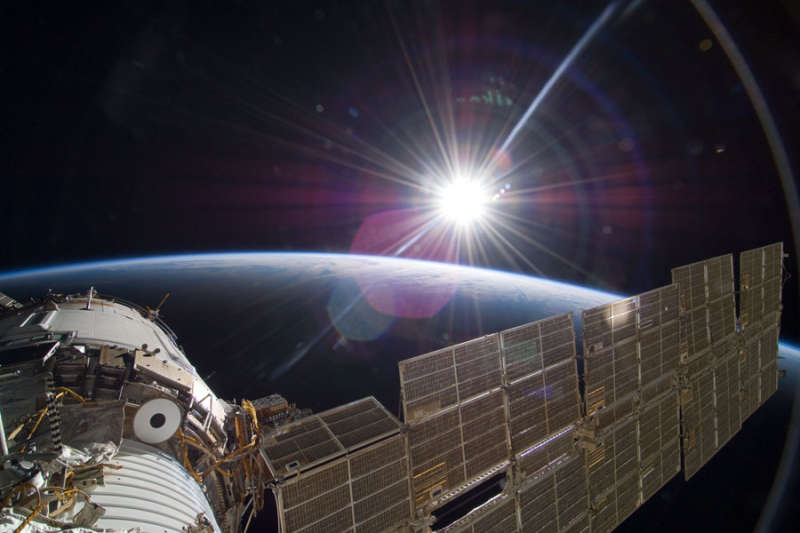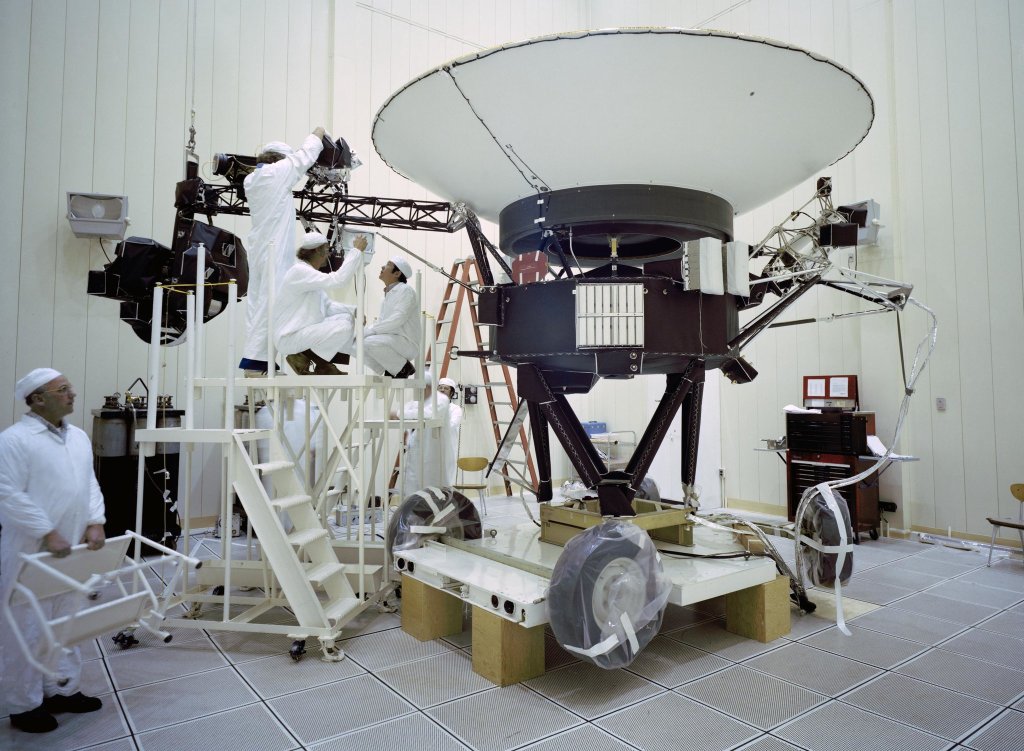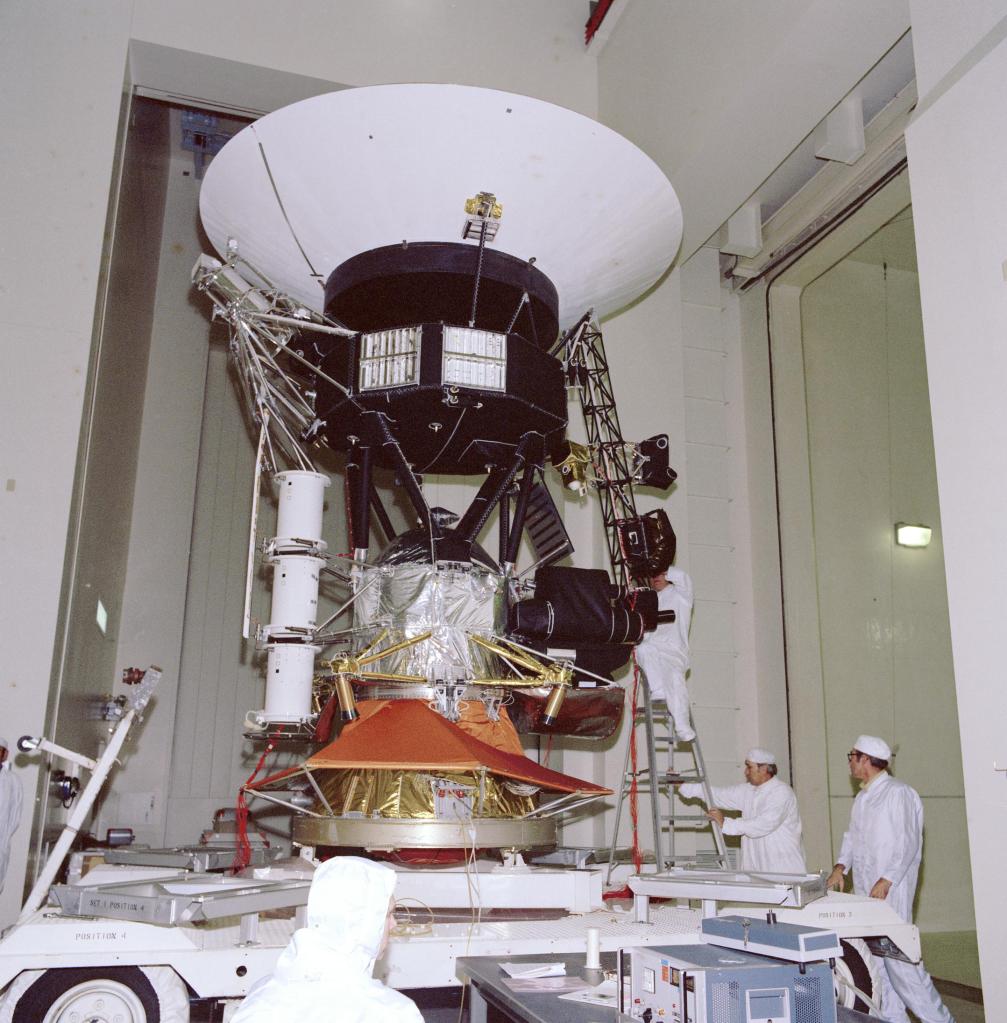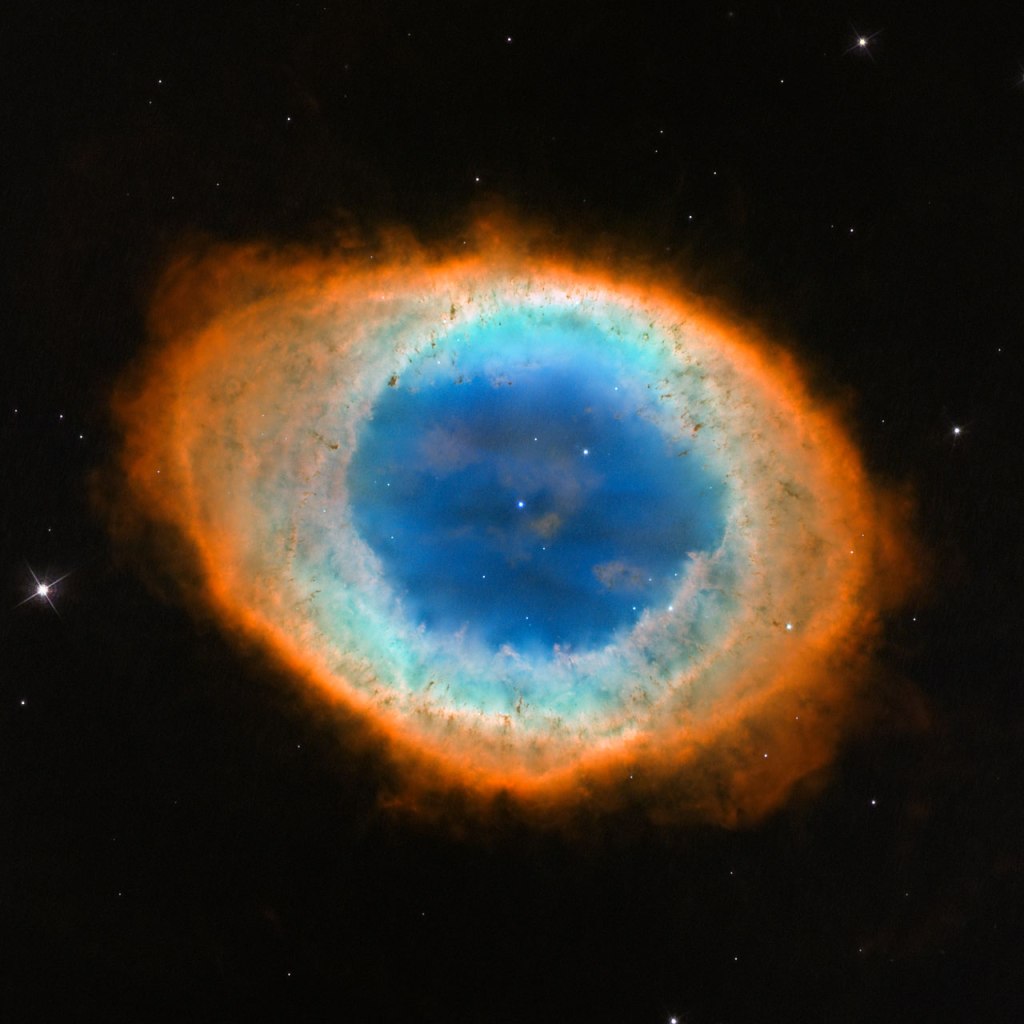Hello everyone! Almost spring break!
Isn’t it bonkers to think that we first sent human beings to the Moon in 1969? That’s 54 years ago! In that time, we have made such large strides in technology. Finally, there are plans to go back soon!
NASA is working hard on its Artemis campaign. This campaign aims to send astronauts back to the moon to create history. Christina Koch will be the first woman ever on the moon and Victor Glover will be the first person of color to ever step foot on the moon. There have been many delays to this campaign however. The renewed agenda is to launch Artemis II, a maned mission around the Moon, in September of 2025. One year later in September of 2026, Artemis III will be launched with the intention of landing astronauts on the moon. NASA stated that they established that time frame to ensure lessons from Artemis II can be incorporated into the engineering of Artemis III.
These are exciting times to be alive! We have not sent anyone to the moon in most of our lifetimes. I believe this campaign will inspire a whole new generation of astrophysics, astronauts, and astronomers. I hope that this is only the beginning!



